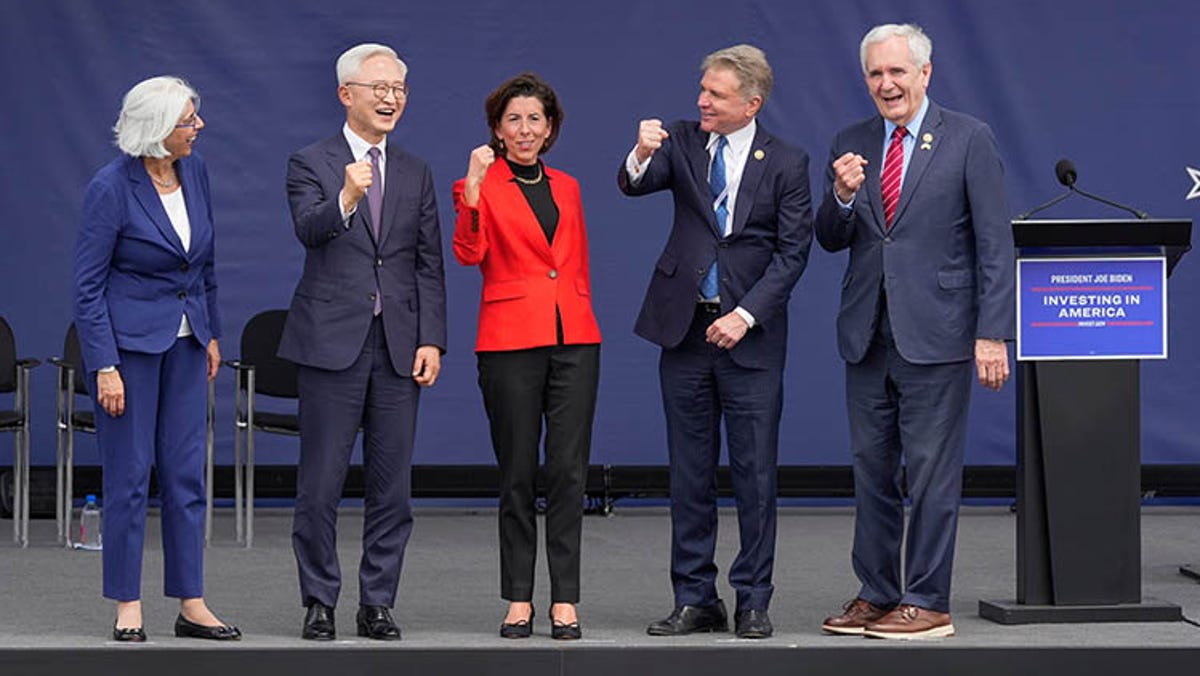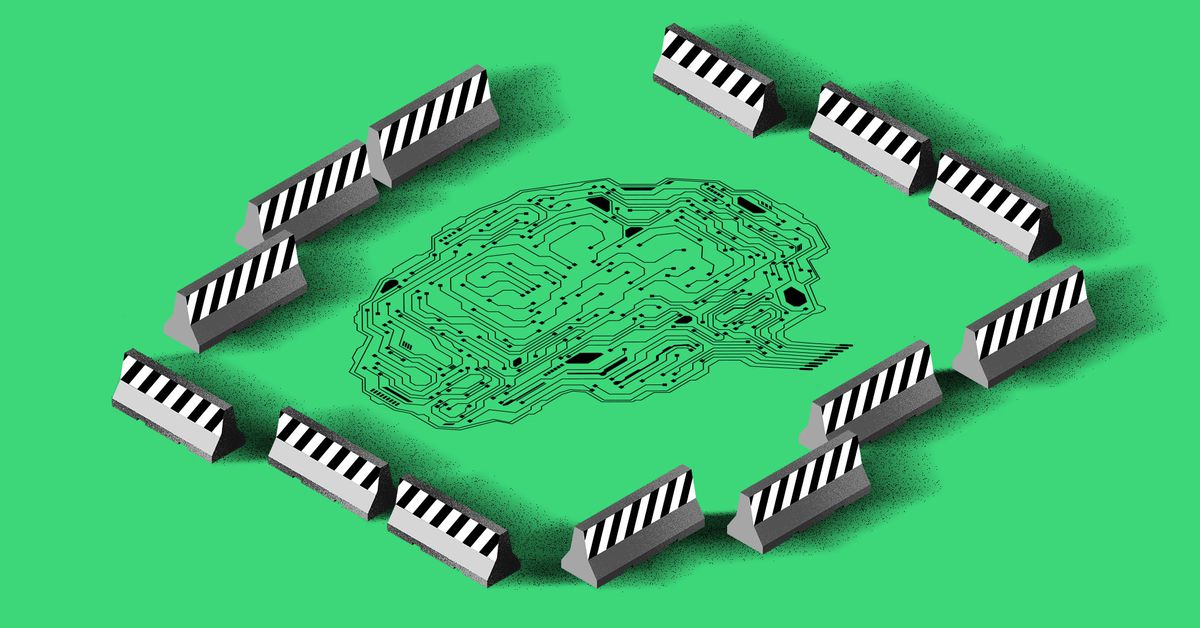Livin' Nvidia Loca

A Monday edition of Arachne cause there's some news to chit chat about!
So you may have heard news today about a big scary drop in the tech sector of the stock market. You may have seen headlines with a company called DeepSeek and a company called Nvidia. I'm here to explain what is happening in a broader context and hopefully you'll leave understanding why it might matter to you. And if it doesn't matter to you? That's fine too!
Who is Nvidia?
Nvidia is an American company that makes computer chips. They rose to prominence initially by making really good GPUs, or graphics processing units, which are great for running video games or really intense video editing software. But! It turns out that what makes the chips great at those things also makes them great for training artificial intelligence.
So, over the last few years, Nvidia has become, at times, the world's most valuable company. Every single major AI or computing company is trying to buy these chips, and investors are dying to get a piece of the pie. More chips, more training. More training, better models. Better models, ????, profit.
It is important to note, though, that while Nvidia is an American company, the vast majority of the actual manufacturing that goes into producing their chips is done by a company in Taiwan called TSMC.
China and DeepSeek
In the hopes that the US can stifle AI development in China, multiple restrictions have been put in place by the government in order to make it more difficult for Chinese firms to access the technology they need to train models on par with the leading US ones.

Here's an analogy if this all feels like a lot. Imagine all the sewing machines are made in your country. Since you don't want another country to produce high quality clothing efficiently, you tell the sewing machine companies in your country that they aren't allowed to sell their product to clothing makers in the other country.
Nvidia chips are our sewing machines.
Then a Chinese company, DeepSeek, revealed a new large language model. According to some industry benchmarks, their models are in the conversation with the leading American models from OpenAI, Google, and Anthropic. But wait? If they don't have the best tech, how come they are able to get similar results?
I first heard about this on January 10th in an episode of the Hard Fork podcast from the New York Times. Kevin Roose, reporter for the Times, detailed a report from DeepSeek that their new model, DeepSeek-V3, was trained for $5.5 million. That might seem like a lot, but it's reported that OpenAI and Anthropic spent over $100 million to train their leading models, ChatGPT-4o and Claude 3.5 Sonnet.
DeepSeek, running on older Nvidia hardware, spending a fraction of the American companies, was able to produce results on par with the heavy spending US firms. Allegedly. This is from their own reports, but the evidence seems to suggest that it is true.
To extend our analogy from earlier: Your country didn't sell them the sewing machines, and they still figured out how to make clothes as good as yours.
By restricting access to the most advanced chips, the US essentially gave engineers in China a science challenge: How do we produce similar results with inferior tech? Necessity is the mother of invention, and the geniuses at DeepSeek were able to figure it out.
For a moment I just want to stop and acknowledge how profound, impressive, and important this is. Our current two main drawbacks to training and then deploying AI are that it is insanely expensive and extremely energy hungry. This breakthrough suggests that it could cost way less and, importantly, use less energy.
But there are, as is evident by the panicked headlines, larger economic drawbacks.
Tony Stark was able to build this in a cave with a box of scraps
In my second newsletter from last week, I wrote about lies. In a sense, economic bubbles are a sort of lie. Enough people artificially inflate the value of a certain good based on a series of assumptions. The trillions of dollars of investment in AI in the last two years has been based on assumptions such as: AI is here to stay and is a transformative technological platform shift, you need the best chips to train the best AI, and it is necessary to move fast in order to compete with both domestic and international players.
All of these assumptions could be true over a range of outcomes, but they are still assumptions. And they are assumptions that made American AI companies hubristic and shortsighted. When the piles and piles of cash are pouring in every day to the likes of Sam Altman or Jensen Huang (the CEO of Nvidia), it is hard to imagine that anything you're doing could possibly be wrong.
This is how a bubble forms. Investor optimism has far outpaced the demonstrated utility of AI and the necessity of having the best chips, and Nvidia's stock price is reflective of this. After all, if Tony Stark (DeepSeek) were able to build this (a high performing modern AI model) with a box of scraps (old GPUs), why the hell are we spending all this money?
People have been predicting that AI is a "bubble" in some sense for a bit now. I attended a virtual debate last fall in which only one person, media analyst Evan Shapiro, argued that we were in fact in a bubble. I followed up with him then to complain about how much I agreed with him and the empirical evidence he used to support his claim. All of the other people seemed to just be supported by magic. I have expected this bubble to pop, but I really was not expecting a potential first rip this soon.
The dirty bubble
Any sort of economic bubble is not good. While I'm glad to have been proven a little correct by seeing Nvidia's stock plummet, the end result is mostly economic decay in the form of layoffs and stagnation. You don't get that money back.
AI is supposed to bring data centers and super computers onto American soil. It's supposed to create engineering jobs both for the AI companies and the infrastructure necessary to keep these products operating. We're supposed to build renewable energy sources to accommodate the energy needs of the industry.
The point of trillions of dollars of investment is to, at some point, make all of that back and then some across the economy. If this whole time we could do it for cheaper, then we'll start to. And when we do, companies will lay off workers.
Think for a moment about how embarrassing this is. Sam Altman was out here hoping for $7 trillion. Burn more money on it, and it'll go faster was a sort of guiding principle. But that's not true, and the writing is on the wall.

The unmitigated hype and salesmanship of a few men kept American companies from really going after the most important innovations, leaving China a wide open opportunity to show the world that these models can run for cheaper, on older hardware, and with less energy.
All of this could have devastating downstream effects if the bubble really does pop. Like the tulips in the 17th century Netherlands, or the Dot com bust in the early 2000s, or the housing crash in 2008, it's not like their negative ramifications begin and end at discrete industry sector borders.
As of publication, Nvidia stock has dropped almost 18% from its Friday closing price to its current price. It's market cap has dropped around $600 billion (with a big ol' B). This one company lost more value than the entire GDP of Ireland.
So what to make of all of this? Hopefully the marketplace is robust and diversified enough to absorb this massive blow. What's certain is that we should be taking the words of American AI CEOs with a chunky grain of salt. After all, even they couldn't see this coming.







